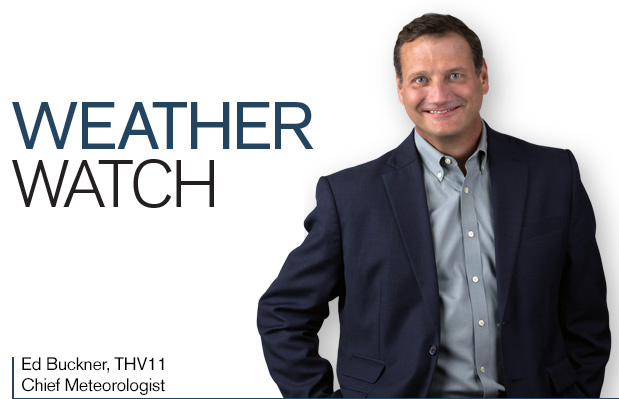Super Satellite With Super Powers

History changed in 1957 when Russia deployed the first satellite “SPUTNIK 1” into space, then a few years later, under the leadership of President Kennedy, the United States launched its first satellite “TIROS” in 1960. Before satellites, there was no way to exactly know where potential disasters, such as hurricanes, were forming around the globe.
The first satellites were crude and all that could be detected were clouds. Still a huge deal, but with low resolution and hours in between images, a lot of important data for weather prediction and preparation was missed. That is no longer the case, thanks to the new superhero of satellites.
If you’re not a weather aficionado, “geek” in layman terms, then you may not have heard about the latest weather satellite watching our every water vapor droplet and lightning strike in earth’s atmosphere.
The GOES-16 satellite was launched into space last November and has been undergoing extensive testing ever since. In December 2017, GOES-16 was renamed GOES-East and is now fully operational with every super power you’d find in any superhero comic book or movie: strength, speed and most importantly, super-duper, high resolution vision!
The terms can be confusing. GOES stands for “geostationary operational environmental satellite.” Simply put, the satellite orbits the earth at the exact speed of its rotation, about 1,041 mph, which makes it appear to be sitting in one place. GOES-East orbits the planet at approximately 22,000 miles out in space. There are over 1,100 working satellites in space, both government and private, with around 2,600 others that no longer work. That’s a lot of space junk!
The “super” satellite is beaming back tons of information in the highest resolution and detail ever seen. It has 16 bands, or 16 different wavelengths of energy, that its camera’s lens picks up. The 16 bands sit in the main 3 channels that most of us have heard of….the visible, infrared and near infrared spectrums.
GOES does more than just detect clouds; here are several of the dozens of phenomena the satellite can monitor:
- Smoke
- Haze
- Dust
- Volcanic ash
- Sharp contrast between land and water
- Wildfire scars
- Hail swath damage
- Snow/ice
- Cloud particle size
- Fog
- Precipitation water totals
- Cloud temperatures
- High ozone in the stratosphere
But wait, there’s more. There is a convection channel that can identify strong updrafts and small ice particles that could indicate severe storms forming. The rainfall rate product, using cloud top temperature is related to cloud top height, which is related to updraft strength transporting moisture into the cloud. The updraft strength is directly related to the rainfall rate.
GOES-East really is a “super” satellite that will allow meteorologists to view more precise weather guidance models and in the event of severe weather, will provide increased warning lead time. The best we’ve had to date! I can’t help but think, while GOES-East is not supposed to be able to see what you’re grilling for dinner, maybe it can. Just be aware!









0 comments